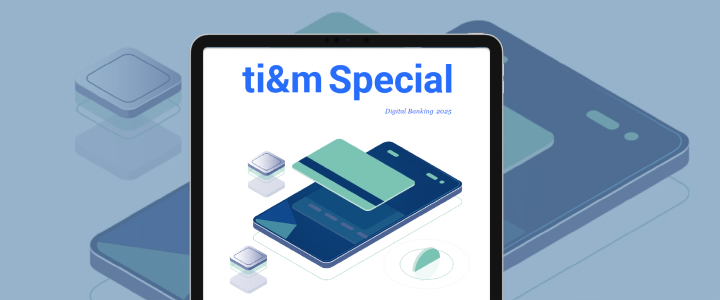With the two identification solutions ti&m video ID service and ti&m online ID service, many companies are already using the leading Swiss onboarding process from ti&m. The two onboarding solutions have now passed the independent audit of the ETSI standard by KPMG and received the corresponding certificate. As planned, the two processes therefore meet the strict requirements of the ETSI standard and can be used to issue qualified electronic signatures (QES). These are the digital equivalent of a handwritten signature.
Win-win for companies and end customers
As the system meets the ETSI standard, companies have the option to use the identification of the new customer validated by ti&m during onboarding as a basis for the qualified electronic signature (QES). For example, downstream transactions that would require a handwritten signature can be signed using QES. Thanks to the disruption-free process, the associated administrative workload is eliminated for companies and end customers.
How it works – from onboarding to QES
1. The potential customer successfully completes the onboarding process using the ti&m video ID service or ti&m online ID service. Our AI-controlled, FINMA-compliant digital onboarding solutions with various integrated checks, NFC verification and biometric live identification perform an identification check that meets the strictest legal provisions and ETSI requirements. The personal data collected and validated in this way can now be used to issue a qualified electronic signature (QES).
2. The corresponding qualified electronic signature for the customer is created by one of the three signature service providers and issuers: Swisscom Trust Service, Quovadis, or Swiss Post.
3. The qualified electronic signature can be used by the new customer directly via the ti&m signature adapter or via Skribble, our partner and agent for digital signatures. The issued signature legally corresponds to the handwritten signature and can therefore be used for all other transactions.
***
About ti&m
ti&m stands for technology, innovation & management. We are the Swiss leaders in projects and products for digitalization, security and innovation, and we are striving to achieve the same position in financial and technology centers elsewhere, too. We offer our discerning clients vertical integration throughout the IT value chain. At our offices in Zurich, Bern, Basel, Frankfurt, Dusseldorf and Singapore, we currently employ over 600 outstanding engineers, designers and consultants. Our growth is based on our strengths and values: courage, creativity, agility and entrepreneurial flair coupled with sustainability and Swissness.
Contact ti&m
Our Marketing team is available for questions:
marketing@ti8m.ch, Tel. 044 497 74 69
About the ETSI standard
Within the framework of the Swiss Federal Act on Electronic Signatures (ZertES), the new standard of the European Telecommunications Standards Institute (ETSI) has also recently been applied in Switzerland. The ETSI standard means that identities that are established during legally compliant onboarding and that meet the requirements of the new standard can be used to issue regulated signature certificates. The law distinguishes between three different e-signatures:
- Simple electronic signature (SES) for documents without a legal requirement for the written form and with low liability risk
- Advanced electronic signature (AdES) for documents without a legal requirement for the written form and with calculable liability risk
- Qualified electronic signature (QES) for documents with a legal requirement for the written form or high liability risk. In accordance with Swiss and EU law, QES is the same as a handwritten signature.




